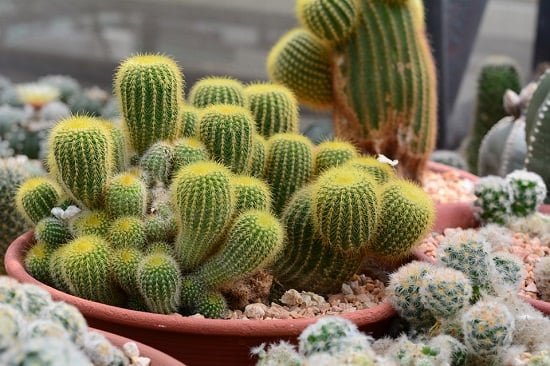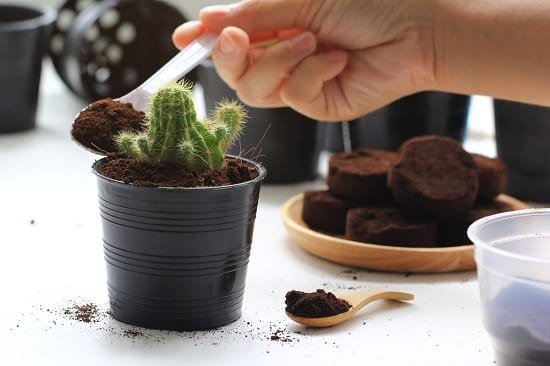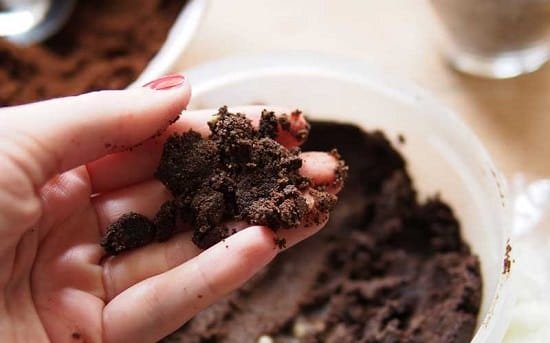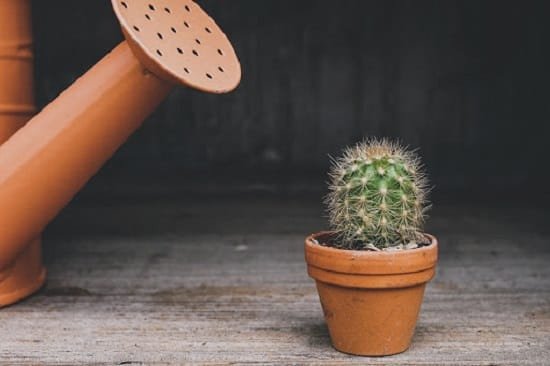Choosing the Best Fertilizer For Cactus can get quite tricky and confusing! To help you in your quest, we bring you all the info you need!
Cactus is a low-maintenance plant but requires occasional fertilization as it helps in restoring nutrients it absorbs from the soil. However, using the correct fertilizer at the right time is the key here to boost healthy growth, flowering, and bright color. Let’s have a look at the Best Fertilizer For Cactus!
Check out our article on the famous cactus varieties here!
Nutrient Requirements of a Cactus
Nitrogen helps in the formation of leaves in cactus and assists their growth. The phosphorous, on the other hand, helps in the root growth and also in the development of flowers—potassium, lastly, aids in the overall growth of the plant.
Is It Necessary to Fertilize a Cactus?
The straight answer to this question is no. Cacti can easily survive without fertilizers. However, feeding them boosts their growth and makes them look healthy and more lively! You have to be a little careful with indoor cacti. Fertilize them twice a year, max.
Tip: After fertilizing an indoor cactus, always put it in bright sunlight.
Best Fertilizer For Cactus

As these plants are not heavy feeders, you don’t have to use too much fertilizer for them. Keep the following points in mind.
- Avoid using fertilizers with high-nitrogen content as it can harm the plant.
- Go for a balanced, water-soluble fertilizer with low nitrogen content.
- The best fertilizers to go for are 10-10-10 or 5-10-10 blends. Dilute them to quarter or half-strength before feeding the plant.
How to Fertilize a Cactus?
As cacti are slow-growing plants, it is always a good idea to fertilize them moderately in their growing season.
- Dilute 10-10-10 or 5-10-10 fertilizer to quarter or half-strength in a gallon of water. Stir it well and use this solution to water the plant till the soil is moist.
- While feeding the plant with this solution, be very careful not to overwater/overfeed.
- Store the remaining solution in a sealed can for further use.
When to Fertilize a Cactus?
The basic thumb rule to fertilize cactus is at the very beginning or in its growing season.
Winter: As the plant goes into dormancy during this period, avoid using any fertilizer in winters as it will make the plant weak. Keep the watering levels at low and water the plant only when the soil goes dry.
Summer: As cactus grows actively during summer and spring, this is the best time to fertilize them. Feed them once every 60-90 days.
Dying or Droopy Cactus: If you notice the plant wilting, with yellow foliage, it is generally due to lack of sunlight or overwatering. Put it in bright sunlight. When the plant recovers completely, give it a dose of diluted fertilizer once, and it will do just fine.
Organic Alternatives
You don’t always have to go with the chemical fertilizers. Here are some excellent organic options that you can also use.
- Manure
- Compost
- Fish emulsion
- Soybean meal
- Cottonseed meal
- Blood meal
Organic options like these work gradually as they enrich the soil, which ultimately adds up to the development of the plant.
Important Points to Consider
- Avoid fertilizing just before or when the plants are under a dormancy phase.
- Don’t overfeed the plants as it may cause more harm than good. In a worse case, your plant may even die.
- Always start fertilizing in slow and less quantity.






I was told that you can make your own compost by saving mowed grass and it turns into compose. It doesn’t sound quite right to me. Is it?